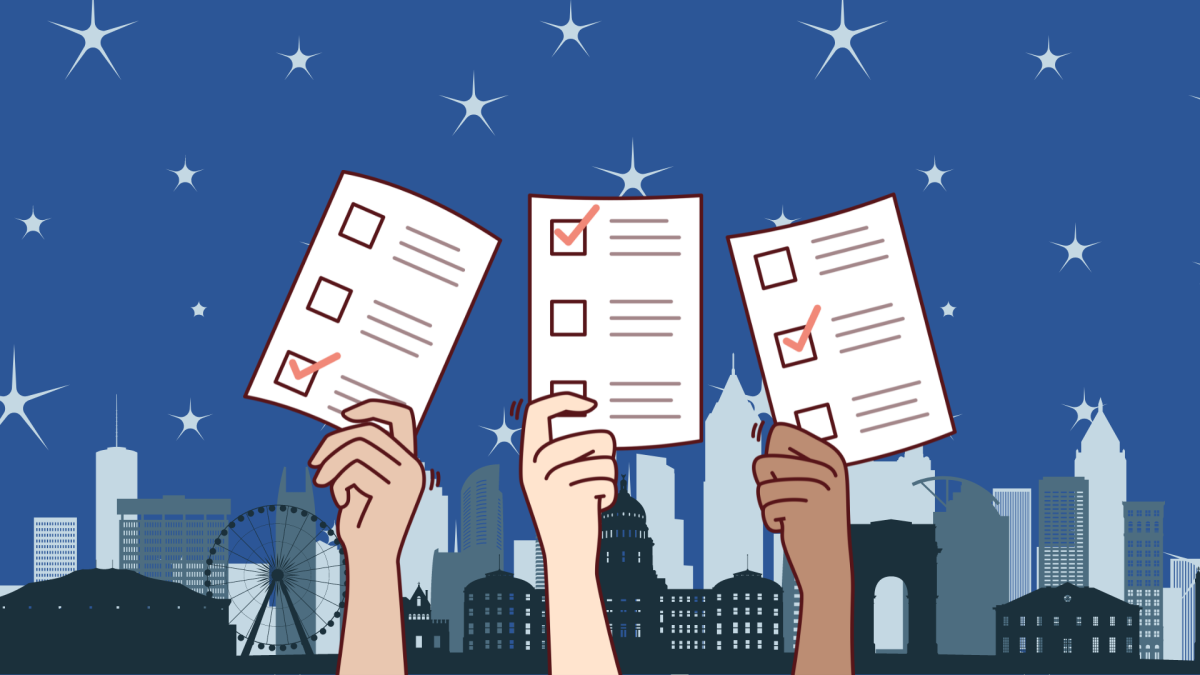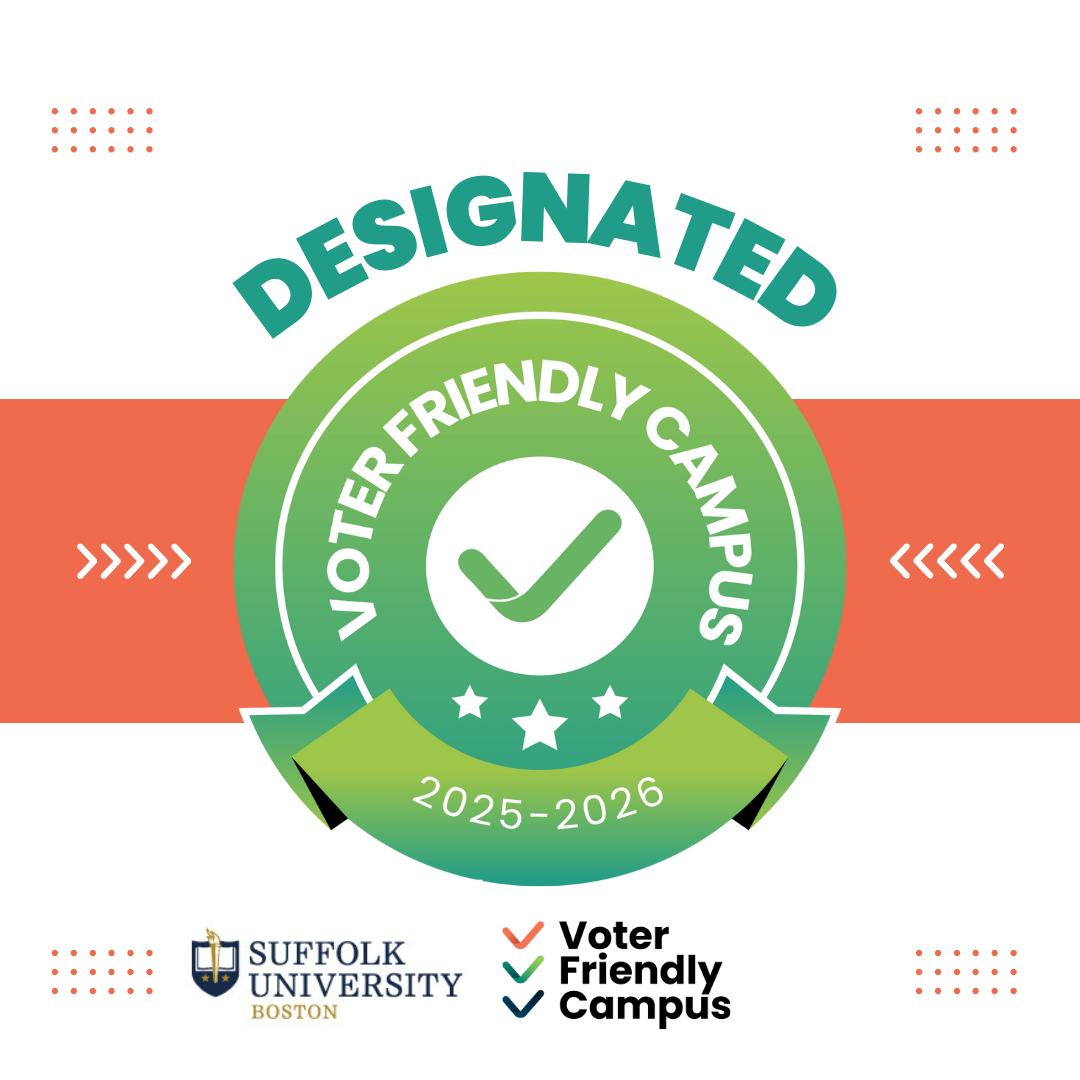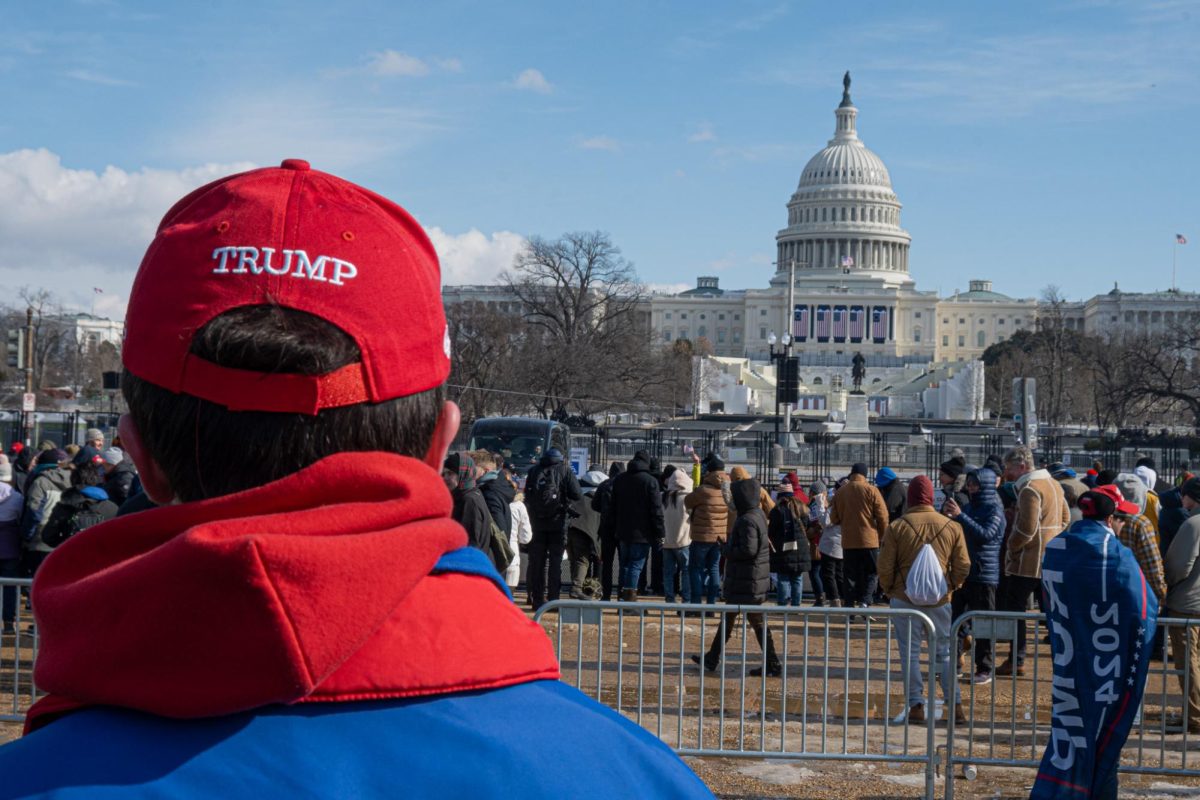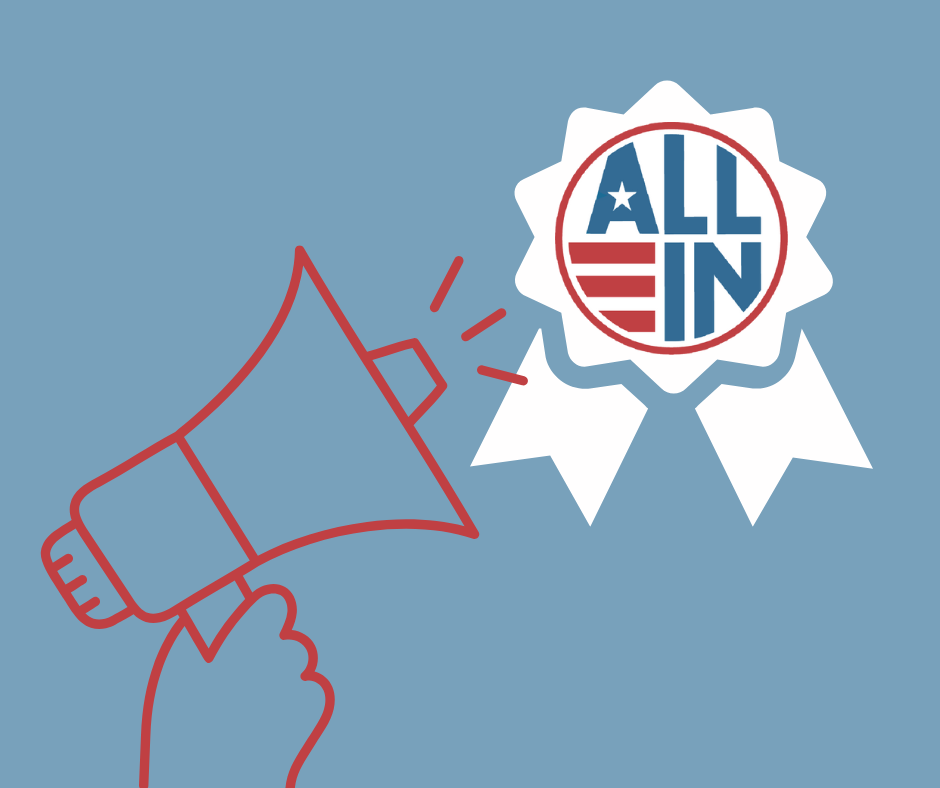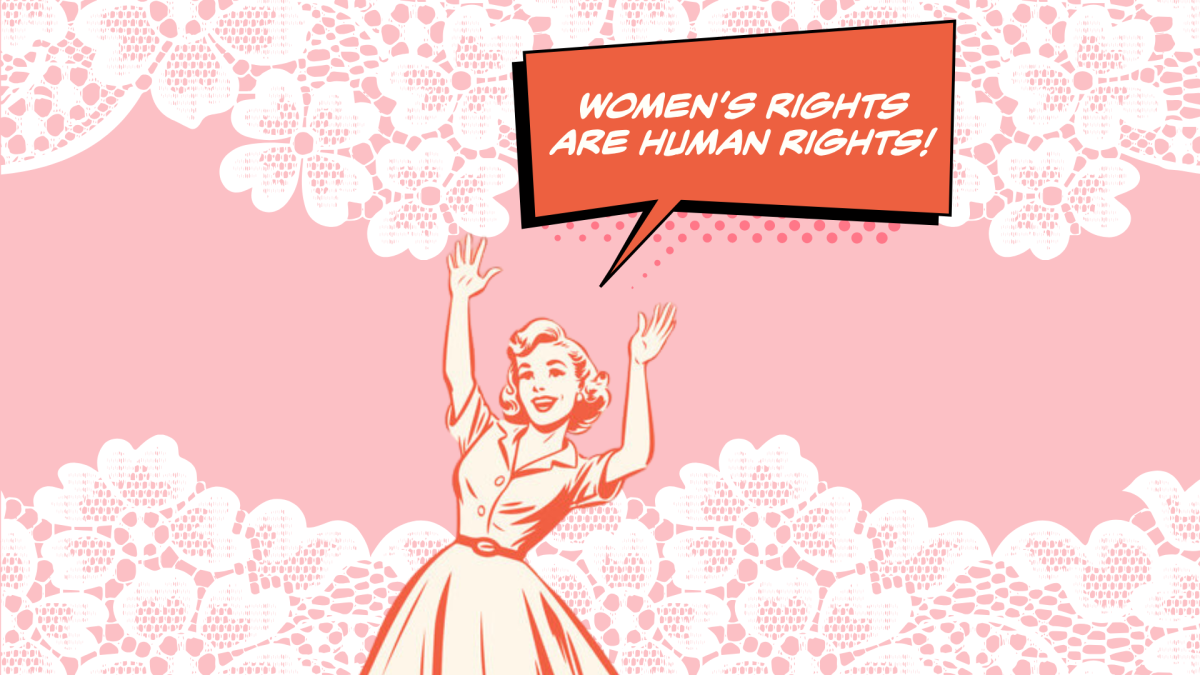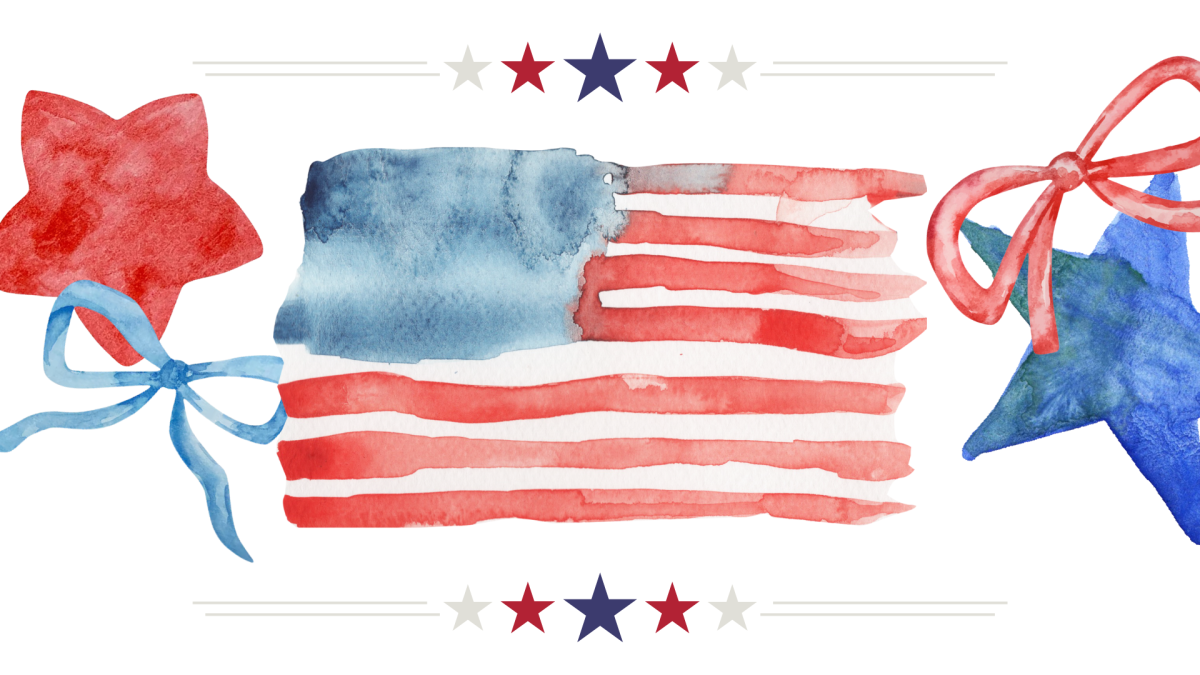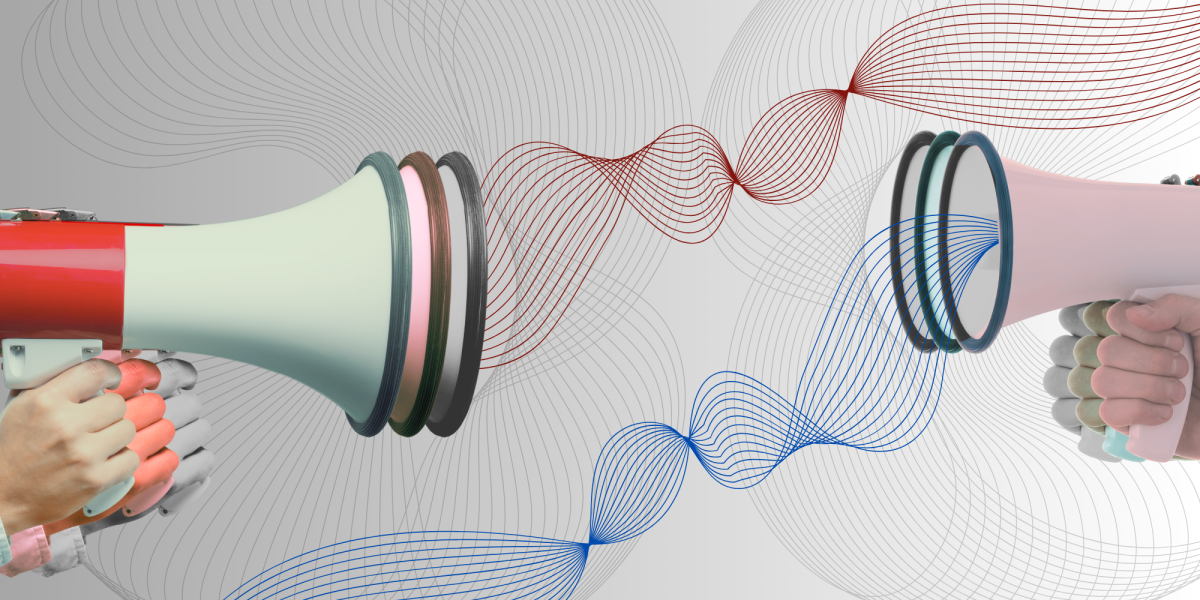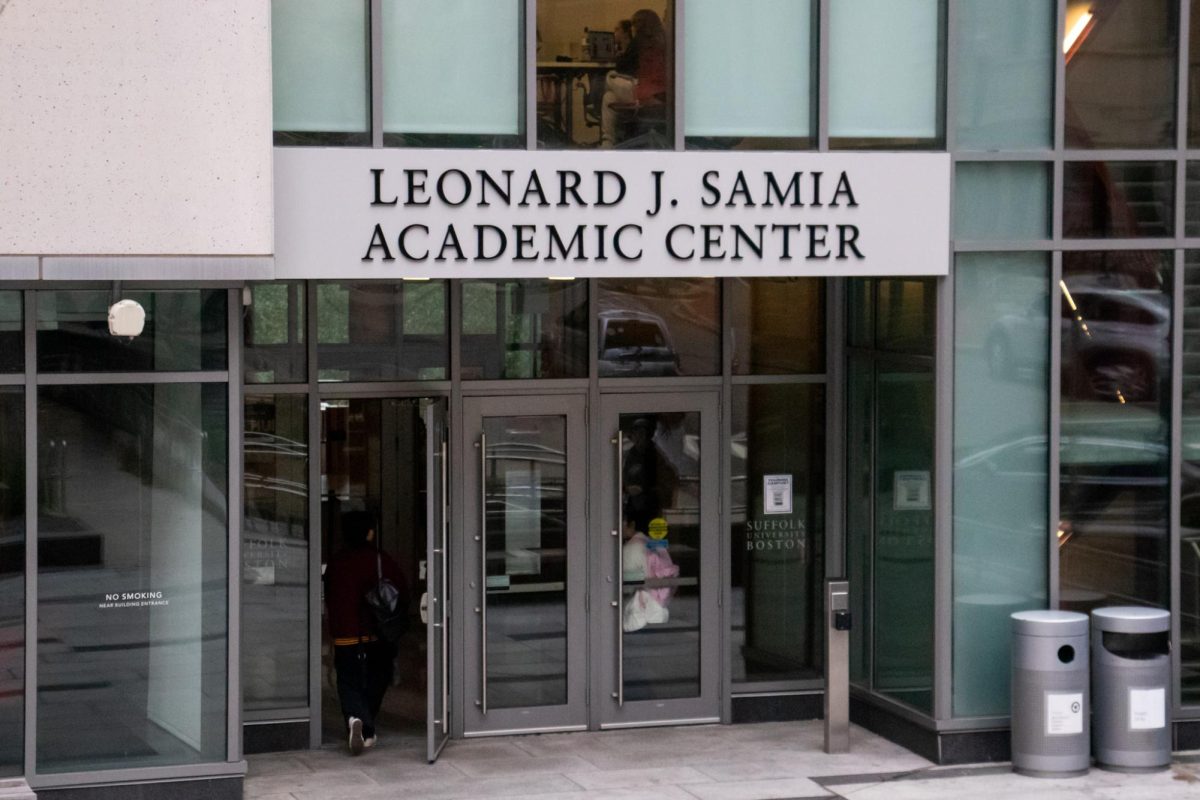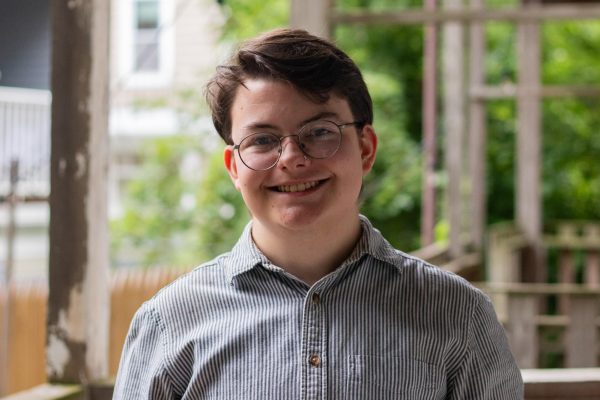As part of my Voting Rights and Election Law class, I was required to sign up to work the polls on election day in any way I could. Having worked for the Boston Election Department over the summer conducting the annual resident census, I had some knowledge going into the fray of the democratic process but also knew this tumultuous presidential election would make for an interesting experience. I was right.
I woke up at 5:30 a.m. Nov. 5 and mustered the energy to walk the few short blocks to my assigned polling location before the sun rose. Just across from the Maverick Square T station in East Boston, I met my fellow poll workers in the community room of the BHA Heritage apartments.
After brief introductions, we put up the required signage for voters to see there were in fact two pages of the ballot, as well as translators, accessibility assistance and ballots in multiple languages available. The first voters began to line up outside around 6:30 a.m., a half hour before the polls opened.
Boston had record voter turnout across the city, which was evident at our location as the line stretched to about 60 people for most of the period voting was open from 7 a.m. to 8 p.m. The morning was by far the busiest as people were heading to work for the day. My first task after opening the polls was holding the magnetic door open for folks while we waited for maintenance to come lock it in place. I directed how many people could come in at a time, as all of our voting booths were full for most of the day.
There was never a dull moment—whether I was checking people in, leading voters to open booth spaces or feeding ballots into the voting machine, I always had something to do. I’m extremely grateful to the translators who assisted voters when my elementary-level Spanish wasn’t sufficient to answer questions they had.
I also credit Professor Rachael Cobb for preparing us student poll workers with the information needed to answer almost every question a voter had. When it came to explaining what the ballot questions meant, or if it was necessary to vote on every single thing on the ballot, I was confident I was able to give people the information they needed to make sure their vote was counted.
What struck me the most about the day was the humanity of the experience. I met voters of all ages and backgrounds coming to make their voices heard. Most of the first-time voters I met weren’t young people, I was initially surprised to find, but older folks who had immigrated to the U.S. decades ago and had recently acquired citizenship. They wore their “I Voted” stickers with pride as spouses and children took pictures of their first vote being cast in the machine. When they thanked me, I thanked them in return.
I also managed to cast my vote during the day, since I was conveniently placed at my own polling location.
The day went by quickly thanks to the constant stream of people. However, work wasn’t finished when the polls closed. My fellow poll workers and I spent about three and a half hours counting the mail-in ballots received, the leftover ballots and reconciling any discrepancies in the check-in and check-out lists. I was there for just under 18 hours total and left with a surprising amount of energy considering the fact.
My experience working the polls on election day was deeply rewarding. Assisting people with civic participation gave me a sense of pride and confidence in the future of the democratic process that I have not felt before.


